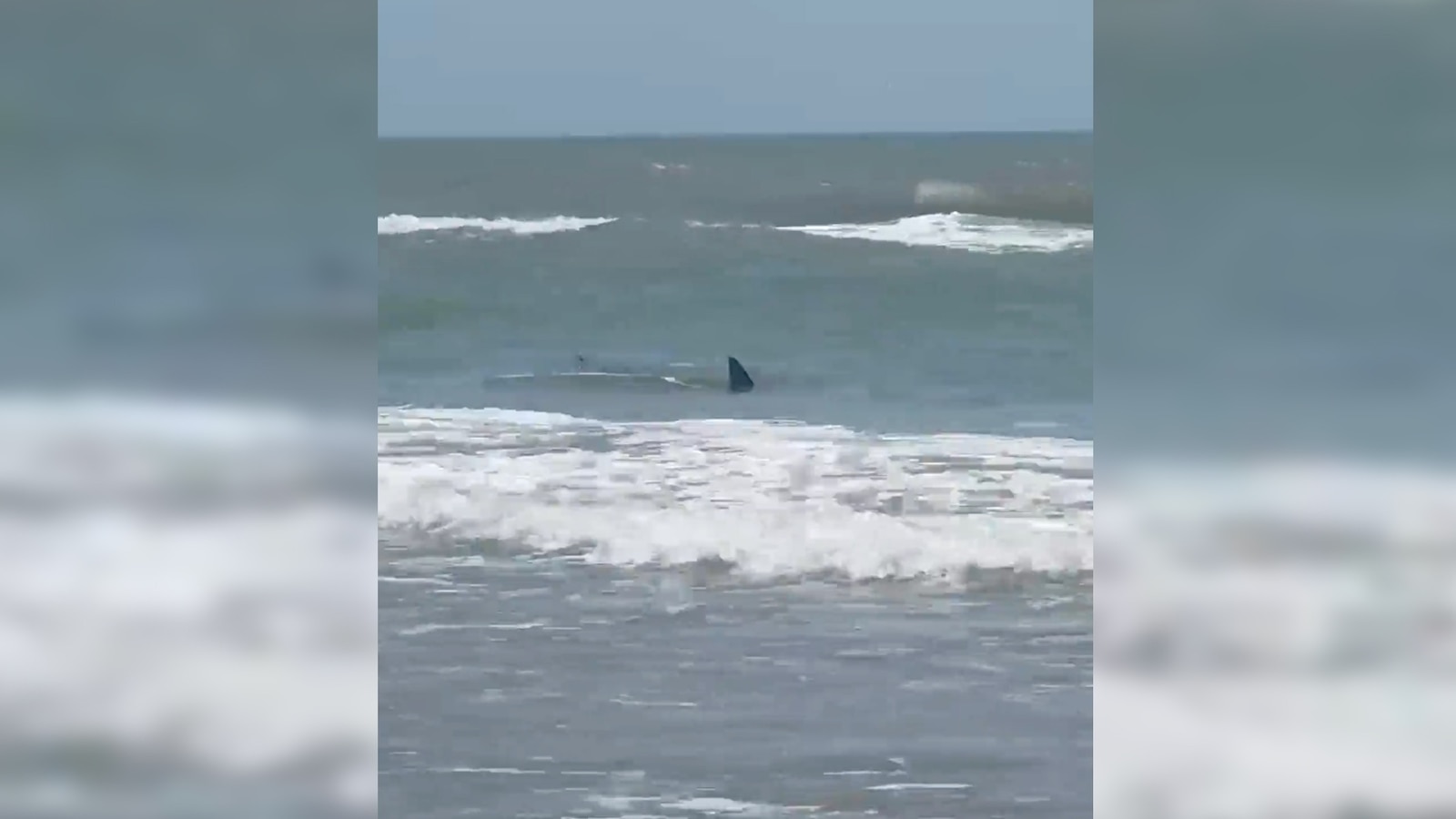Prevention and Safety Measures: Texas Shark Bite

Texas shark bite – Shark encounters can be frightening, but taking appropriate precautions can significantly reduce the risk of an attack. Beach safety is paramount, and adhering to the following tips can help you enjoy your time at the beach while minimizing the chances of encountering a shark.
It’s crucial to be aware of your surroundings and observe the beach conditions. Avoid swimming in areas with poor visibility, such as murky or discolored water. Additionally, avoid swimming near large schools of fish, as they often attract sharks. If you spot a shark, remain calm and slowly swim towards the shore.
Shark Deterrents, Texas shark bite
Various shark deterrents have been developed to minimize the risk of attacks. Shark nets and drumlines are physical barriers designed to prevent sharks from entering designated swimming areas. Electronic devices, such as personal shark deterrents, emit electrical pulses that are intended to repel sharks.
While these deterrents can be effective in certain situations, it’s important to note that they are not foolproof. Sharks may still be able to penetrate nets or avoid electronic devices. Therefore, relying solely on deterrents is not advisable. Always prioritize beach safety and follow the instructions of lifeguards and beach patrols.
Lifeguards and Beach Patrols
Lifeguards and beach patrols play a vital role in preventing shark attacks. They monitor beach conditions, provide safety information to swimmers, and respond to emergencies. Lifeguards are trained to spot sharks and alert swimmers of potential danger. They can also provide first aid and medical assistance in case of an attack.
By adhering to beach safety guidelines, utilizing shark deterrents when appropriate, and respecting the presence of lifeguards and beach patrols, you can significantly reduce the risk of a shark encounter and enjoy a safe and enjoyable beach experience.
The recent spate of shark bites in Texas waters has raised concerns among beachgoers. One particularly notable incident occurred on July 4th, when a swimmer was attacked by a shark off the coast of Galveston. While details of the attack are still emerging, it serves as a reminder of the potential dangers lurking beneath the waves.
Shark bites are a rare occurrence in Texas, but they do happen, and it’s important to be aware of the risks when swimming in the ocean. For more information on the Texas shark attack on July 4th, click here.
Remember to always swim with a buddy, avoid areas with known shark activity, and be cautious when swimming in murky water.
The waters of Texas are teeming with sharks, and recently, a swimmer has fallen victim to a shark bite. While the incident serves as a grim reminder of the dangers lurking beneath the waves, it also raises questions about the potential impact of Hurricane Beryl on the region’s shark population.
When will Hurricane Beryl hit Texas ? And what will its effects be on the local shark population? These are questions that marine biologists and coastal residents alike are eagerly awaiting answers to.